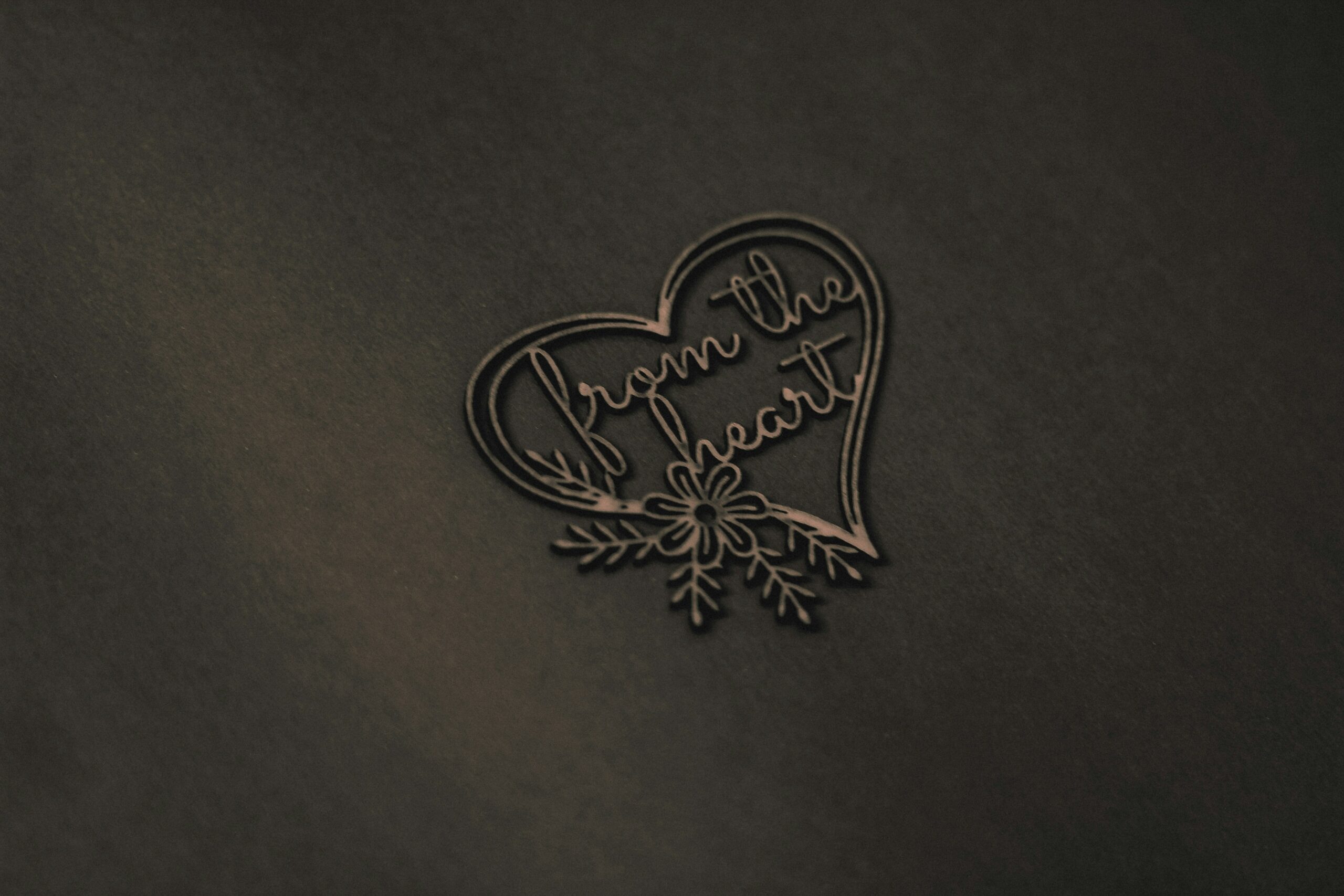When I was in university there was an infamous sculpture project an old professor used to give his students; it was called the Sacred and Profane. The brief of the project required the student to make an object that could be considered sacred in some way, an object that deserves veneration and an object considered profane in some way, carrying an aspect of irreverence or disrespect. The purpose of the project, beyond honing the students’ skills in the art of sculpture making, was to get the students to begin to integrate their value systems into their work. Most curiously, and this was universal for all the projects submitted, was that the sacred object and the profane object were interchangeable.
Initially you may think that this thought is offensive. Consider, however a crucifixion, the means by which Christ was murdered and in fact tens of thousands of people were murdered in this way. It took on average 6 hours to 4 days to die in the most horrific way imaginable and the implement that was used to execute people this way was a wooden cross. Today we venerate the cross, we wear it as jewellery around our necks and have crosses installed at our churches. Imagine wearing a necklace of a small gold lethal injection, or an electric chair sculpture at your church.
I’ve come to believe that the human race is always on a knifes edge of true worship and idolatry with regards to artistic production. On a knifes edge between the sacred and the profane. In previous blogs I’ve written about Exodus 31 where God empowered Bezalel and all able people to make artistic creations but what I didn’t write about is what happened straight after this supernatural creative empowerment; the creation of the Golden Calf which Exodus 32 provides the account of.
In this account Moses is up Mount Sinai and communing with God while He is writing the ten commandments with His finger on stone tablets. The Hebrews decide Moses is taking too long and they begin to implore Moses’s brother Aaron to make them some gods to worship. He immediately instructs the congregation of Israel to hand over their gold rings and earrings. Using the material, Aaron creates a golden calf and proclaims it to be the god that delivered them out of Egypt. He then builds an alter to it and the Hebrews begin sacrificing and worshipping this object.
This occurrence demonstrates how an anointed, creative gift, meant for creating art and implements of worship to God can quickly slip onto the side of idolatry and heinous evil.
English Contemporary artist Damian Hirst created his own version of the golden calf in 2008. He suspended a deceased 18 month old calf in a formaldehyde aquarium. Its horns are made of 18 carat gold with a gold disk placed between them. Altogether the artwork weighs 10 tons. With this work Hirst approached idea of a sacred object, with reference to the biblical account, proposing that what we consider valuable in contemporary society has a high monetary value attached. He sold this work independently, that is without gallery representation, though an auction for 10 million pounds. The sale makes up a crucial part of understanding the work making it sacred or profane depending on your world view.
Another example of a sacred/profane object can be found in Numbers 21; the account of the Nehashtan.
While in the desert the Israelites begin to complain about their situation, complaining about God and complaining about Moses. God then punishes their grumbling and lack of faith by sending venomous serpents to their camp (Numbers 21:6).
Many Israelites got sick or died. They begged Moses to intercede with God on their behalf. God then instructed Moses to craft a bronze snake and place it on a pole. This artefact would later be known as the Nehashtan (meaning the great snake). Any person bitten by the serpents would then be healed by simply looking at the sculpture. The Nehashtan could be said to be sacred object commissioned by God to heal his people. Later in in John 3:14-15 Jesus refers to himself as the bronze Serpent, raised up on the pole of the cross creating an analogy that all who looked to Him shall not die.
Hundreds of years after Moses, in 2 Kings 18:1-4, Hezekiah, the good King of Israel who did what was right in the eyes of God, destroyed the Nehashtan. It had become an idol, people were worshiping it. This was detestable to God and Hezekiah, through his breaking apart the object once commissioned by God himself, pleased God. The Sacred and profane became interchangeable.


